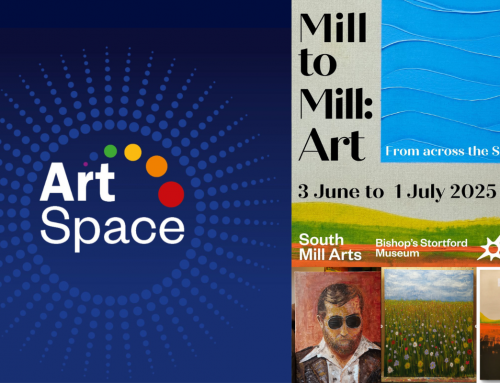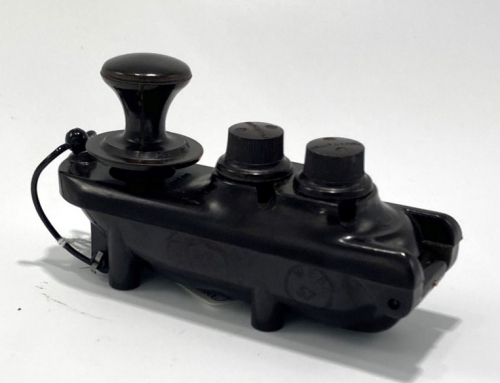This month’s object of the month is selected by Young Curator Freya and is a chosen collection of embroidered silk postcards dated from the First World War (1914-18). Freya said: “What drew me to these postcards was how they offered a deeply personal insight into an ordinary family torn apart by conflict. These postcards are both artefacts and memories that echo the mass tragedy that WWI evoked onto the lives of countless individuals. Furthermore, it is uplifting to see how one of my favourite pastimes, embroidery, is quite literally interwoven into my Object of the Month.”
Further research into the origins of these postcards showcase how the sender Private Henry William Sanford was devoted in reassuring and communicating with his wife and two young children throughout his time as a serving soldier. These postcards were clearly treasured given their good condition, with their embroidered messages (e.g. “Kisses from France” and “To My Dear Baby”) still visible. Sadly, further research revealed that Henry Sanford was killed in action.
Most hand embroidered postcards manufactured during WWI were made by women living in towns near the front lines in France and Belgium. The delicate craftsmanship of these postcards, alongside the woven colourful symbols of peace (e.g. flowers, angels) concealed the appalling conditions faced by soldiers living in the trenches and protected their loved ones from the reality of a brutal war.
Embroidered silk postcards were originally crafted and distributed for sentimental greetings in France before 1914. First exhibited in 1900, they continued to be manufactured until the 1950s. These silk cards were not cheap. Paper and ink shortage during the war, combined with the costs of silk and labour, inflated the cost to between 1 and 3 francs. This was about a day’s pay for many low-ranking soldiers. Despite the relatively high cost, as many as 10 million cards were manufactured.
To view the chosen collection, please visit the first floor of the museum.







